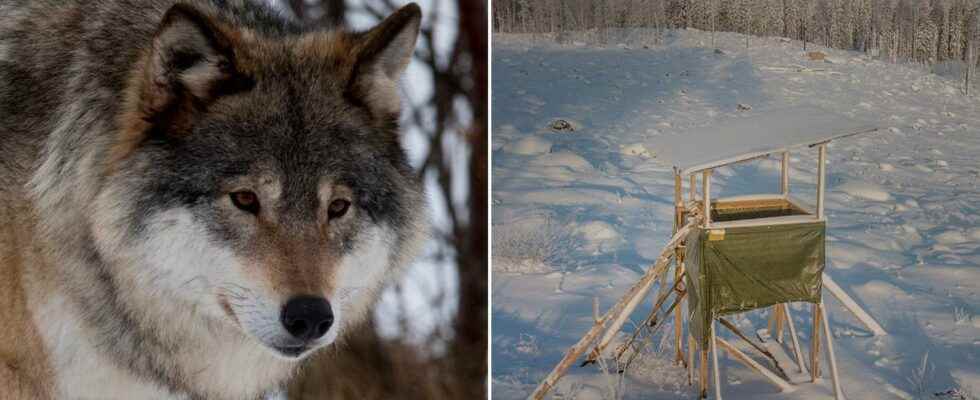Published: Less than 20 min ago
A total of 75 wolves may be shot in the license hunt in 2023.
And the goal is to knock out the entire area.
– A territory consists of a female, a male and their puppies, says a wildlife officer.
The wolf hunt starts on January 2 and lasts until February 15 at the latest. The main purpose of the hunt is to reduce the density of wolf territory and the concentration of wolves where it is greatest.
So many wolves to be shot
Several areas covered by this year’s hunt are border areas and the hunt will be conducted in Dalarna County, Gävleborg County, Värmland County, Västmanland County and Örebro County.
In total, decisions have been made to hunt 75 wolves:
Warmland: 42 wolves (of which 18 wolves may be hunted in hunting areas bordering Norway and 6 wolves shared with Örebro).
The valleys: 14 wolves (of which 8 wolves are shared with Gävleborg and 6 wolves are shared between Västmanland and Örebro).
Gävleborg: 18 wolves (of which 8 wolves are shared with Dalarna)
Västmanland: 12 wolves (of which 6 wolves are shared with Dalarna and 6 are shared between Örebro and Dalarna)
Örebro: 24 wolves (of which 6 wolves shared with Värmland and 6 wolves shared between Västmanland and Örebro)
Pushes away entire territories
The number of wolves that may be shot is based on an average of six wolves in each area.
If it turns out that there are more or fewer in an area where hunting is approved, the number of wolves shot may change.
– In order to reduce the concentration of wolves, the county administrations select specific areas that are covered by the license hunt, which are removed by hunting and thus reduce the concentration of wolf areas. A territory consists of a female, a male and their puppies, says David Höök, wildlife officer at the Värmland County Administrative Board.
It happens when a wolf is shot
All hunters who participate in wolf hunting have an obligation to promptly report to the County Administrative Board when a wolf has been killed.
– The hunters are responsible for the hunt and the County Administrative Board handles the inspection. We are also in connection with the areas, so when a wolf has been killed and it is reported, we go there and inspect, says David Höök.
Even a so-called nature watcher can check and inspect the wolf.
When the inspection is complete, the wolf is often taken to a conservator who skins the wolf. The hide is given back to the holder of the hunting rights, while the body is sent on to the State Veterinary Medical Institution (SVA) where it undergoes a more thorough health check.
Sent back as a trophy
– We collect biological data and do a general health check. We do necropsies, look at what the wolf ate, take samples of the internal organs for our internal biobank and take samples for current disease surveillance programs. We also take samples in consultation with the National Museum of Natural History (NRM) and the Swedish University of Agriculture (SLU) Grimsö research station, says Elina Thorsson, game veterinarian, SVA.
When the examination is complete, the wolf’s remains are burned. For adult wolves, the skull can be sent back to the hunter if there is a requested withdrawal with the support of the hunting decision, which is common, according to Elina Thorsson.
– We keep a tooth from the skull for age assessment, and then we send the skull back for a fee.
Facts
That’s how many wolves there can be
On December 30, 2016, the Supreme Administrative Court made a decision in the case of licensed wolf hunting.
The court assumes that there needs to be at least 300 wolves in Sweden for the species to be considered to have favorable conservation status.
In order to be able to decide on license hunting for wolves, § 23 c) of the Hunting Ordinance needs to be fulfilled:
The prerequisite for license hunting for bear, wolf, wolverine and bobcat to be allowed is that there is no other suitable solution and that the hunt does not hinder the maintenance of a favorable conservation status of the species’ population in its natural distribution area. The hunt must also be suitable with regard to the size and composition of the tribes, and must be selective and under strictly controlled conditions.
Source: The Swedish Environmental Protection Agency, regeringen.se.
Read more
